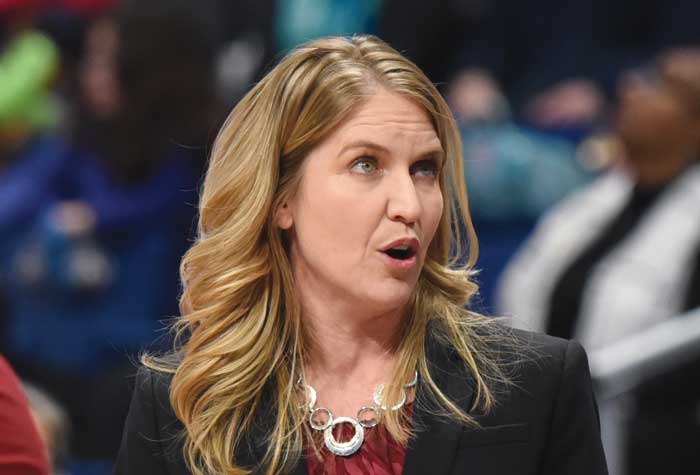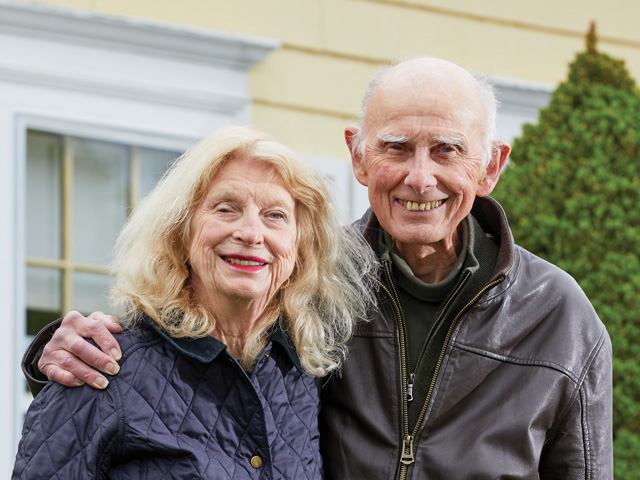
Photo: Axios
Must Read
Eva Ryan '93 on the genesis of the news website Axios, which was founded in the months after the 2016 election.
Like many Americans during the 2016 presidential election, Evan Ryan ’93—then the assistant secretary for educational and cultural affairs in the US Department of State—was wading through a deluge of information, some accurate and some not, in a crowded media landscape. So, she was intrigued when Politico cofounder Jim VandeHei called her about his new digital venture Axios, which he described as a blend of The Economist and Twitter. “He told me he wanted to have someone in the company who was like the people they’d be trying to reach every day,” recalled Ryan, who had worked in communications for both John Kerry and Joe Biden, and served as deputy director of scheduling for former First Lady Hillary Clinton. She joined Axios as executive vice president in January 2017, a week before the site’s launch. With media companies folding left and right, it was a risk, but Axios had done its homework. Before its debut, Axios’s founders polled people in top decision-making positions across many fields. “Every single person said the same thing: There’s too much for me to read,” Ryan said. “There’s too much information.” So Axios adopted an approach that it calls “smart brevity.” The average story on the site is about three hundred words, scannable, and broken up with bulleted lists. And to rebut any suggestions of fake news—the biggest charge leveled against the industry, Ryan said—Axios strives for neutrality. The model appears to be working. As of April, Axios had 11.8 million monthly unique viewers and about nine hundred thousand newsletter subscribers. “People are reading us in the White House, in Silicon Valley, and everywhere in between,” Ryan said. ◽


 print
print mail
mail


